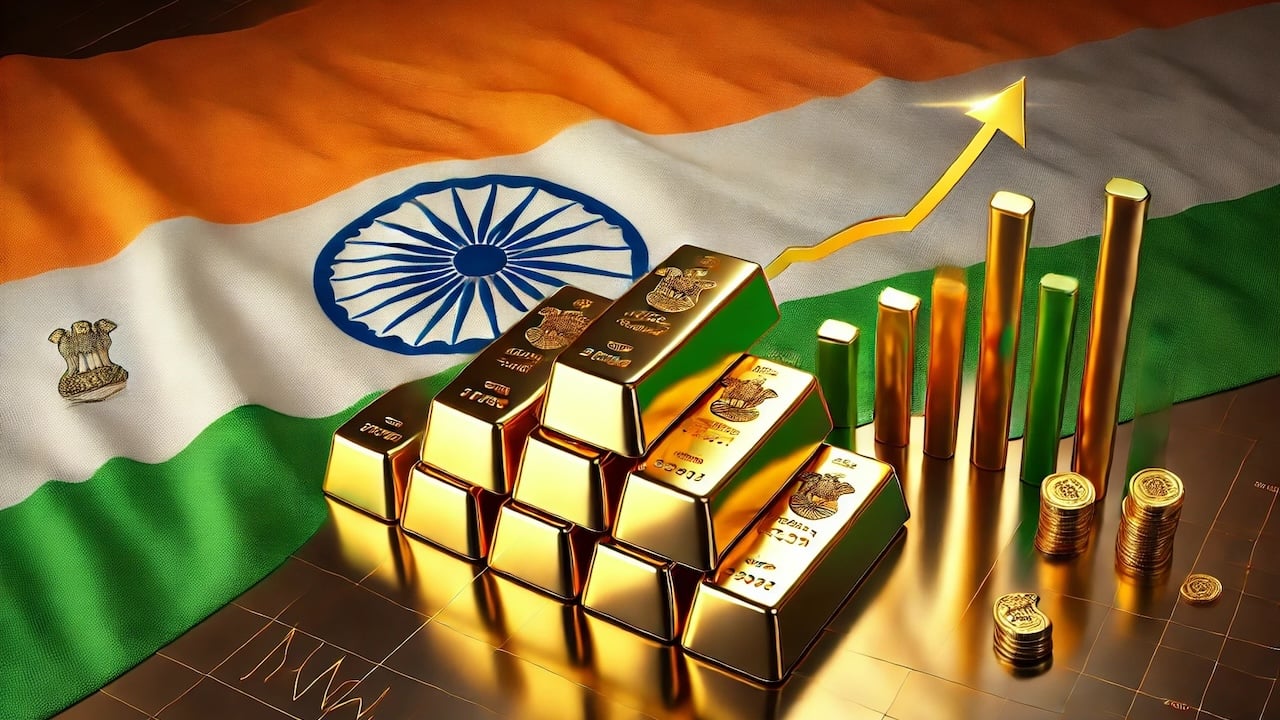
(Mike Maharrey, Money Metals News Service) Indian gold demand remained strong last month despite record prices. India ranks as the world’s number two gold consumer, just behind China.
According to the World Gold Council, there is currently strong, positive consumer sentiment toward gold in India, and it is currently viewed as an attractive investment due to surging prices.
Gold buying exceeded expectations leading up to the Akshaya Tritiya festival. The festival took place on May 10 and is a traditional auspicious day for gold purchases. According to the World Gold Council, buying was surprisingly strong given that prices were 23 percent higher than they were during the 2023 festival.
“Anecdotal accounts from jewelers and various industry stakeholders suggest that there was significant pre-booking of gold jewelry, bars, and coins well before the festival, as consumers took advantage of the moderation in price from its April peak. Additionally, there was notable demand for wedding jewelry – typically heavier pieces – despite the busy wedding season being some months away.”
Retail demand slacked off after the festival season, especially in the jewelry sector, but investors have been undeterred. There is strong interest in gold coins and bars with sales up 19 percent year-on-year.
The price of gold set a record in rupee terms in mid-May. The steadily rising price has created headwinds for retail demand, but has sustained investment buying. The price pulled back later in May with some profit-taking but still finished up 1 percent on the month. That follows on the heels of a 9 percent gain in March and a 5 percent increase in April.
Despite upward price pressure, gold imports into India have been on an upward trend over the last three months. Based on preliminary data, the country imported around 45 tons of gold in May. That was up slightly over the 43 tons of gold imported the previous month. Gold import values came in at around $3.2 billion. That was a 7.7 percent month-on-month rise.
Reflecting investor demand for the yellow metal, inflows of gold into ETFs turned positive in May after funds reported outflows in April. Indian-based ETFs increased their gold holdings by 1 ton. Collectively, Indian funds hold about 46 tons of gold.
Before the outflow in April, Indian-based ETFs had added gold for 12 straight months, bucking the global trend of funds shrinking their gold holdings.
World Gold Council analysts expect retail jewelry demand to remain subdued in the near term. Late May through July is typically the slowest season for gold sales. But they anticipate an uptick in demand in the latter half of Q3 as festival season approaches.
“Conversations with the industry suggest that manufacturers are choosing not to increase their inventories at this time but could build stock as early as August, with activity picking up steam as the quarter progresses.”
The WGC expects investment demand to persist in line with the current trend despite high prices.
Meanwhile, the Reserve Bank of India has also gone on a gold-buying spree. According to the latest data released by the RBI, the Indian central bank increased its gold reserves by 36 tons so far this year. Based on official data and World Gold Council estimates the Indian central bank increased its gold holdings by 3.7 tons in May and 2.8 tons in the first week of June.
The RBI added 16 tons of gold to its holdings through the entirety of 2023.
The RBI’s gold holdings now stand at a new peak of 834.2 tons, constituting 8.7 percent of total forex reserves.
Indians have historically had an affinity for gold. Indian households own an estimated 25,000 tons of gold, and that likely understates the amount given the large black market in the country. Gold is deeply interwoven into the country’s marriage ceremonies and cultural rituals. Indians have long valued the yellow metal as a store of wealth, especially in poorer rural regions. Around two-thirds of India’s gold demand comes from beyond the urban centers, where large numbers of people operate outside the tax system.
Gold isn’t considered a luxury in India. Even poor Indians buy gold. According to a 2018 ICE 360° survey, one in every two households in India had purchased gold within the last five years. Overall, 87 percent of Indian households own some gold. Even households at the lowest income levels in India hold some of the yellow metal. According to the survey, more than 75 percent of families in the bottom 10 percent of income managed to buy some gold.
The yellow metal was a lifeline for Indians buffeted by the economic storm caused by the government’s response to COVID-19. After the Indian government locked down the country, banks tightened credit to mitigate the default risk. Unable to secure traditional loans, Indians used gold to secure financing. As Indians endured a second wave of lockdowns, many Indians resorted to selling gold outright to make ends meet.
Mike Maharrey is a journalist and market analyst for MoneyMetals.com with over a decade of experience in precious metals. He holds a BS in accounting from the University of Kentucky and a BA in journalism from the University of South Florida.

Leave a Comment